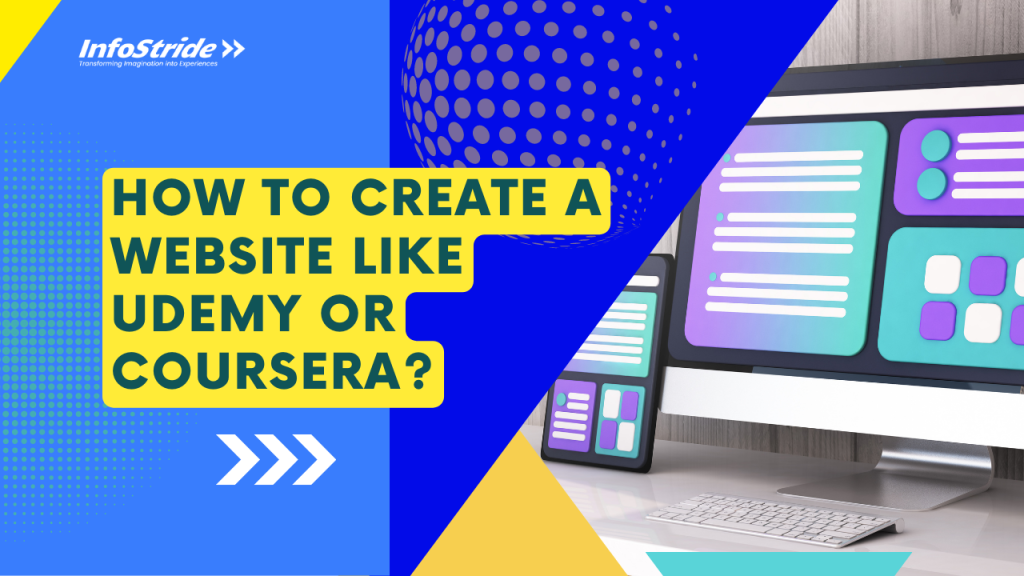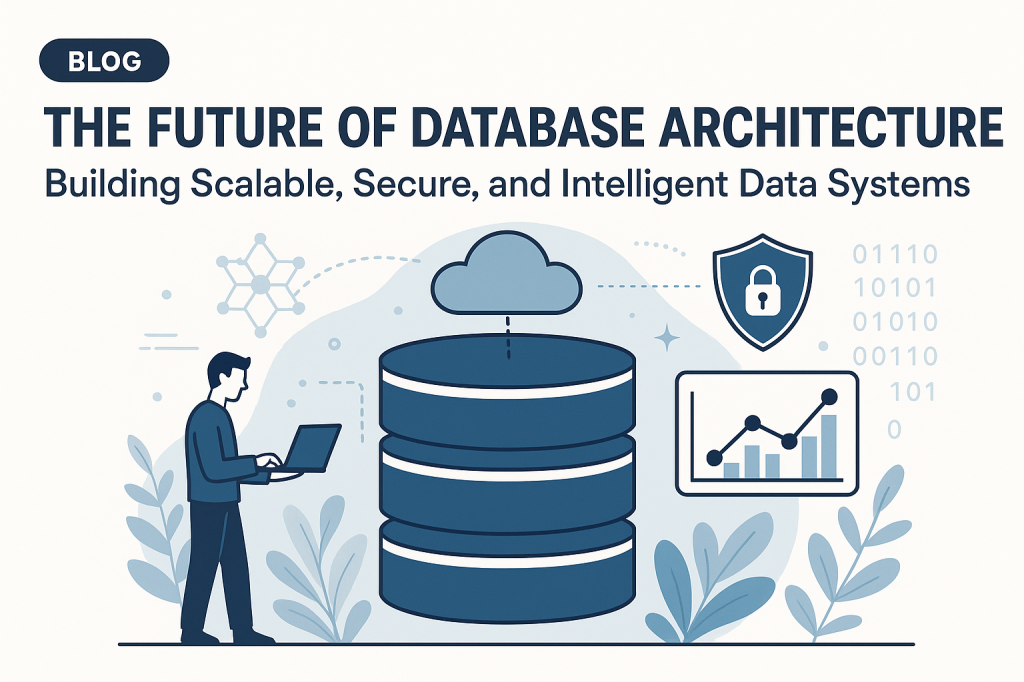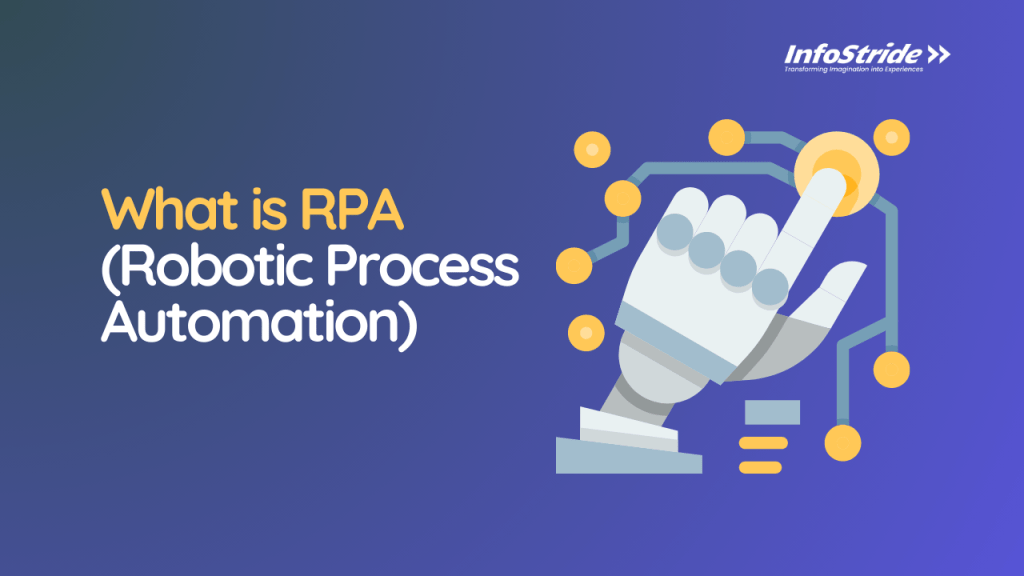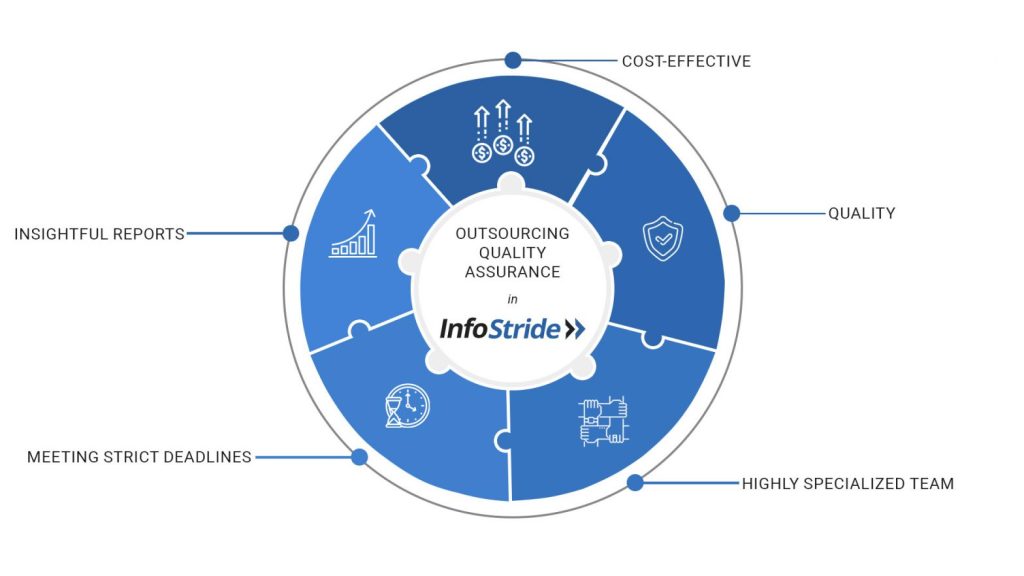COVID-19 has accelerated the growth of the e-Learning industry which is anticipated to clock a market value of $840.11 billion by 2030 from $197.00 billion in 2020. The industry’s key players like Udemy and Coursera play a significant part in the rise of the industry.
Thus, it’s no wonder to see why budding entrepreneurs find Udemy a great inspiration to build their own e-learning websites.
So, if you’re interested in learning how to create a website like Udemy, keep reading.
In this post, we’ll dig deeper into things you should know to build a successful online learning platform like Udemy.
But before getting to that, let’s first have a look at the LMS and e-Learning market!!
Some Key LMS & e-Learning Stats to Watch Out
- As Per Brandon-Hall Study, learning via e-Learning typically requires 40%-60% less employee time compared to traditional learning.
- 81% of US college students stated that digital learning technology was assisting them to enhance their grades.
- Udemy is trusted by 80% of Fortune 100 companies for employee upskilling and it includes industry leaders such as Apple, Accenture, Samsung.
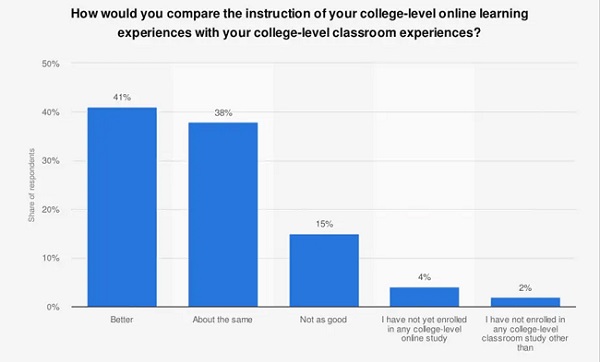
Seeing the huge demand for e-Learning around the globe, if you’re thinking of building an eLearning website like Udemy or Coursera, you’re on the right track to building a lucrative business.
But building a successful online learning platform like Udemy requires a thorough market analysis to identify your target audience, picking a business model and development method.
Read on to learn more in detail.
Why Build a Platform like Udemy?
If you still seek reasons to build an online learning platform like Udemy, here are some solid reasons to clear your thoughts.
1. Promising and Profitable Niche
The online education industry is booming at an astonishing rate and the above-aforementioned stats are a powerful testimony to it and firmly indicate there is no better time than now to enter this industry by building an online learning platform like Udemy.
2. Great Demand
From individuals to schools, colleges and universities, all are turning to online learning to access educational content anytime and anywhere and enjoy the autonomy to learn at their own pace.
Here are also some stats that prove the growing demand for online learning:
- Over 3M students are fully taking online learning for their higher education.
- 70% of students stated that online classes are better than conventional classroom settings.
- Since 2020, a whopping 98% of universities switched their classes online.
3. Funding from Investors
There has been a remarkable rise in funding for EdTech start-ups all over the globe, which is also one of the powerful reasons to create a website like Udemy.
According to the latest research, EdTech start-up firms in the USA raised over $2.2 Billion in funding in 2020.
Moreover, investors are showing keen interest in extending financial assistance to potential newcomers in the online education industry after witnessing the fruitful success of Udemy, Coursera and other key industry leaders.
How To Create a website Like Udemy or Coursera?
Here are the key steps you need to follow to create a website like Udemy or Coursera.
1. Conducting a Market Analysis
Without a solid understanding of who your target customers are, you’ll struggle to create an online learning platform that meets their precise needs. That’s why a market analysis is the first and foremost thing to do as it will help you better understand your audience.
A thorough market analysis involves the following three key aspects:
- e-Learning industry overview: The current state of an online learning industry in 2022 and beyond (that you’ve seen it’s thriving now and, in the future, also – from above key statistics related to online LMS/e-Learning)
- Target audience: The demographics of your target e-Learners such as their age, gender, education and the learning style of your e-Learners.
- Competition: What other similar LMS or e-Learning websites are out there – check out their offerings, targeted audiences, identify their strengths and weaknesses (SWOT analysis)
2. Choosing a Business Model
The next important step is choosing the right business model for your e-Learning business. Here we’re going to talk about the two most profitable e-Learning business models.
- Night School Model (Used by Udemy and Coursera)
In this business model followed by popular e-Learning websites like Udemy and Coursera, learners pay a one-time fee to access a particular course.
- Academy Model
In this business model that’s subscription-based like SkillShare, your LMS website functions as a virtual school. So, this e-Learning model empowers your target learners to access an extensive catalogue of learning materials rather than just a specific topic or course.
Just keep in mind that you can combine different business and revenue models within your LMS website to make money.
For example, Udemy combines various models such as the commission-based model, SaaS (Software as a Service) business model, B2B (Business-to-business) model and marketplace business model.
Also Read: An In-depth Guide on Udemy Business and Revenue Model
3. Key Features to Incorporate
To a certain level, each e-learning platform differs in terms of features and functionality. But there are always some must-have features that should be included within your e-Learning platform.
- Easy sign-up process for users
- Profile management
- Filters based on various criteria such as language, topic, categories, price and more
- Course description
- Admin panel
- Dashboard that provides analytical data
- Course creation for instructors
- Multiple payment methods
- Workspace to share and download files related to the course
- Video and text chat
- Feedback and rating systems
- Responsive website for smartphone users
- Blog to help users stay updated on new trends in the e-Learning industry
- Customer support
Besides these essential features, you can incorporate advanced features such as gamification, VR & IoT and live streaming.
4. Selecting a Development Approach
You can either go with a fully custom approach or take advantage of popular content management systems such as WordPress to build your e-Learning website.
- Custom Software Development
If you have a big budget and want an entirely unique setup, you can hire custom software developers for custom software development. But you should know that a fully custom approach will take a great deal of time and money to get the end outcome exactly as you’ve envisioned.
- WordPress-Based Solution
If you’re on a budget and want to launch your website within a few days into the market, you can then hire WordPress developers who will help you create an online learning website using WordPress.
There are many free as well as paid WordPress plugins available to build an online learning website like Udemy.
You can work with WordPress developers to select the ideal plugin for your website like Udemy and then further customize it to meet the needs of your target audiences.
- Picking Technology Stack
Last but not least is choosing the right technology stack for your LMS website. There are many programming languages, frameworks, tools and plugins available for both front-end and back-end parts of your LMS website.
Let’s have a look at what front-end and back-end technologies Udemy is built on.
Front-end
For building the user-facing part of the website, front-end technologies used by Udemy include HTML5, CSS3, JavaScript and AngularJS.
Back-end
For the back-end part of the website, Udemy commenced with PHP as the primary server-side programming language with a custom MVC framework. With the introduction and rising popularity of Python, Udemy moved to Python.
When it comes to choosing band-end frameworks for building LMS and e-Learning portals, Laravel framework is also an alternative option. In fact, Alison and MyRank are e-Learning websites built using Laravel.
Third-party Integrations
Well, third-party tools and integrations are a must to deliver the best experience to your users. When it comes to Udemy, the company used many external tools including but not limited to Slack, Dropbox, Salesforce Sales, Trello and more.
Mobile Apps
Udemy also has mobile apps for both Android and iOS. So, if you’re planning to build mobile applications as well along with a website, there are many app development programming languages to choose from.
For example, you can pick Java and Kotlin for Android and Swift for iOS. There are also cross-platform frameworks such as Flutter you can use to build mobile apps for both Android and iOS using a single codebase.
As a result, you don’t have to deploy separate teams for Android and iOS app development. This will reduce the overall app development costs to a great extent – you just have to bear the cost to hire a Flutter developer.
Also Read: Guide to Build Offshore Development Teams
How Much Does It Cost to Create an LMS Website Like Udemy?
Well, giving a precise estimate is not possible as several factors influence the overall development cost of creating an LMS website like Udemy
Whether you decide to build in-house or outsource to a remote development team, it can significantly affect the development cost. Building an in-house development team means paying developers as per market standards, training costs and infrastructure costs. On the other hand, hiring remote developers is a cost-effective option.
With remote developers, you don’t have to bear training and infrastructure costs. The provider will deploy a trained remote development team to build your website like Udemy. Hiring developers from the country with low labor rate such as India can help you further reduce the overall development cost of your LMS website like Udemy.
You can hire WordPress developers from India on an hourly basis – $18-$40 per hour.
Also Read: Should You Hire an In-House Developer or Outsource?
How Can InfoStride Help You?
At InfoStride, you can hire remote developers on an hourly, monthly or project basis to build your website like Udemy.
We have a state-of-the-art development center in India – the country that’s often preferred by companies around the globe for their outsourcing and offshore staffing needs. When you hire developers for your LMS website development needs from InfoStride, we take care of all concerns that arise when it comes to hiring remote developers – from payroll to compliance.
No matter what your LMS web development requirements are, we’ll deploy dedicated remote developers who will:
⦁ Adhere to agile development practices for on-time project delivery
⦁ Communicate with you on a daily basis to keep you updated on the progress of your project
⦁ Work according to your timezone
⦁ Equip with necessary tools to work on your projects securely
If you’ve any doubts regarding hiring remote developers, schedule a free consultation session with us today. We’d love to help you!
Conclusion
With more leading companies and universities are investing in e-Learning, creating a website like Udemy can be a profit-making business idea to start this year.
But to stand out from other leading e-Learning marketplaces, it’s a must to work with the right development partner who can help you build your website better than other existing e-Learning portals to succeed in today’s highly competitive landscape.
Few Handpicked articles for you
THE AUTHOR
Infostride
